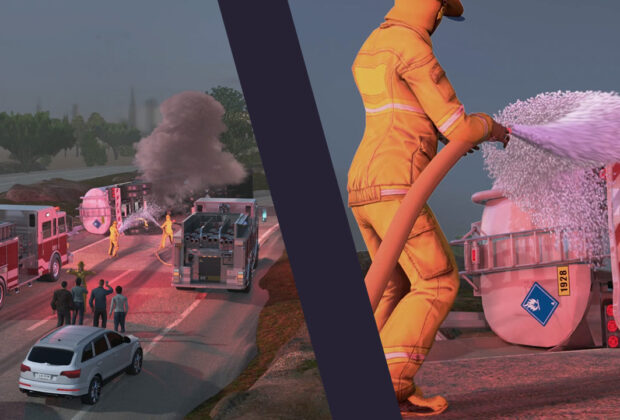MAY IS ELECTRICAL SAFETY MONTH ARC BLAST PRESSURE – 40 cal/cm2 MYTH
By Terry Becker, P.Eng., IEEE Senior Member, CESCP
I have been communicating this myth to clients and industry for over 5 years, it is amazing that others are now catching up with me. There is some history here from NFPA 70E and the old Hazard/risk category tables that relate to decisions made and why there was a belief that any incident energy greater than 40 cal/cm2was “Dangerous.” What really didn’t occur was a risk assessment to determine if greater than 40 cal/cm2was “High Risk.” In addition to this, the power engineering software vendors included a default result that engineers did not question that 40 cal/cm2was “Dangerous” and “Exceeds Available PPE” which were both false statements that were not substantiated by the engineers completing the incident energy analysis studies for their clients.
When the Hazard/risk category Method was developed several HRC #s with related minimum arc-ratings of arc flash PPE were selected and there was actually going to be HRC 5 with a minimum of 65 cal/cm2ATPV and HRC 6 with minimum 100 cal/cm2ATPV. But the NFPA 70E Technical Committee stopped at HRC 4 with minimum 40 cal/cm2as the belief was that the arc blast pressure would be “high” for incident energies greater than 40 cal.cm2. This was not substantiated. Notes were added to NFPA 70E and therefore were included in CSA Z462 that greater than 40 cal/cm2of incident energy advise that, “greater emphasis was required.” This greater emphasis could have actually been a risk assessment. In the 2018 Editions of CSA Z462 and NFPA 70E these notes have been deleted.
Backing up a little bit, Dr. Ralph Lee advised us in his research from the late 1980s that arc blast pressure actually correlates to arcing fault current, NOT incident energy.
Something to add is that NFPA compiled historical electrical incident statistics in a 2015 report “Occupational Injuries From Electrical Shock and Arc Flash Events.” In this report, there are no documented fatalities due to arc blast pressure and no real evidence of significant physical trauma injuries. We can consider this when we complete a risk assessment.
So back to it. A Qualified Electrical Worker can complete an energized electrical work task where the incident energy is >40 cal/cm2if a risk assessment is completed and arc flash PPE with an appropriate arc-rating is available. There are arc flash suits available from Oberon Company with an ATPV of 106 cal/cm2and 140 cal/cm2that perform that same as a 40 cal/cm2arc flash suit, 50% probability of the onset of a second-degree burn.
Also one last note with respect to arc blast pressure, any pressure released will be less with the door open on energized electrical equipment when energized electrical work is performed and an arcing fault and arc flash occurs.
Energized electrical work tasks can be completed with the application of the CSA Z462 or NFPA 70E Standard’s requirements.
Questions about Electrical Safety? Email us at customercare@danatec.com



Comments are closed.